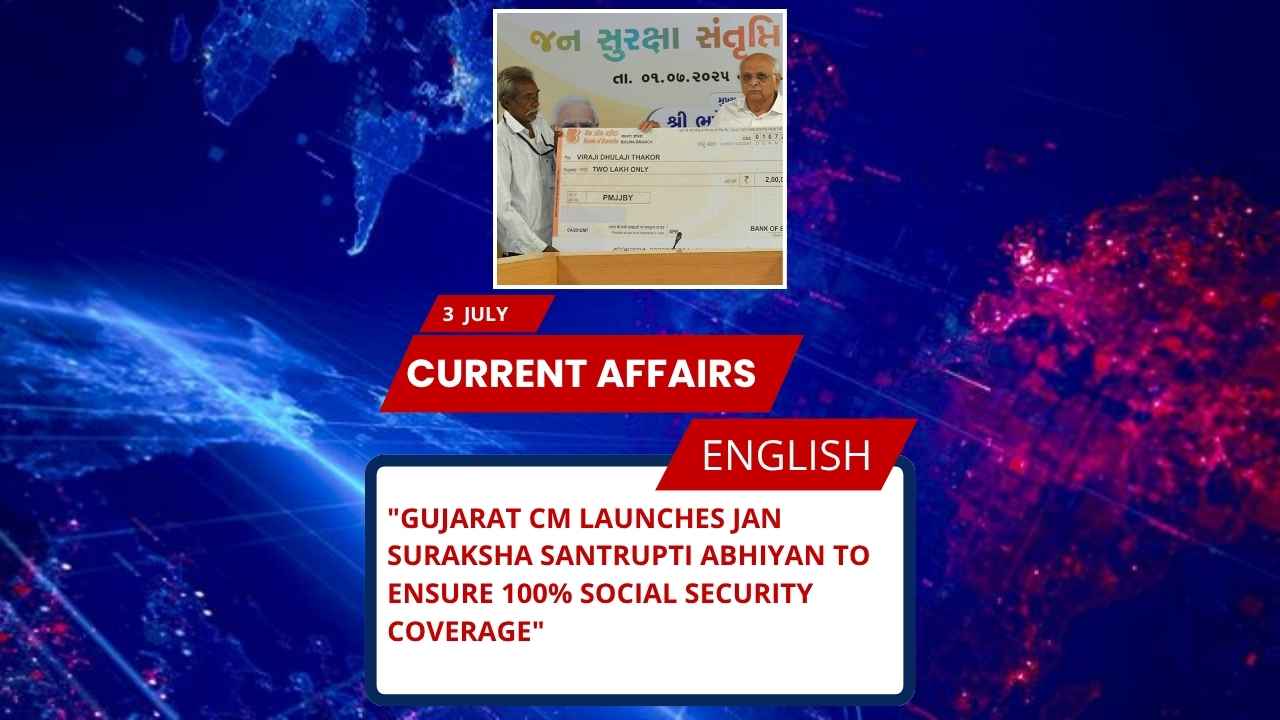
Key Points for SSC & Other Govt Exams
- Discovery Location: Near Dholavira, Great Rann of Kutch, Gujarat
- Research By: Indian Institute of Technology Gandhinagar (IITGN)
- Timeline: Human presence dates back to 3300 BCE – 1400 BCE, predating the Harappan civilisation by 5,000 years
- Evidence Found: Shell remains, stone tools, pottery, and house complexes
- Lifestyle: Coastal hunter-gatherer communities
- Environment: Ancient mangrove-rich coastal ecosystem
- Stone Tool Materials: Basalt, quartzite
- Shell Species Found: Terebralia palustris
- Initial Shell Discovery: By geologist Arthur Beavor Wynne (19th century)
- Method Used: Radiocarbon dating
Detailed Blog
A remarkable archaeological discovery in the Great Rann of Kutch, Gujarat, has brought to light evidence of human settlement dating back 5,000 years before the Harappan civilisation. Conducted by the Indian Institute of Technology Gandhinagar (IITGN) in collaboration with several institutions, this research has provided new insights into prehistoric coastal life in India.
Archaeological Discoveries
The excavation site near Dholavira has revealed a variety of artefacts such as marine shells, tools, pottery, and even house complexes. The first record of shell presence in this region was made in the late 19th century by Arthur Beavor Wynne, a British geologist. Recent research confirms the presence of an active prehistoric community living near the ancient coast.
Coastal Hunter-Gatherer Communities
These early settlers were hunter-gatherers, dependent on the mangrove ecosystems that once flourished in the region. The discovery of shell species like Terebralia palustris suggests that these communities were adept at foraging, cooking shellfish, and utilizing local marine life. Their movements appear to have been seasonal, governed by resource availability.
Tools and Trade
Researchers found stone tools crafted from basalt and quartzite, indicating skills in hunting and food processing. The presence of non-local materials hints at early trade networks with nearby regions—an important detail highlighting prehistoric inter-regional contact.
Radiocarbon Dating
The timeline for human activity in the region has been scientifically validated through radiocarbon dating, placing it between 3300 BCE and 1400 BCE. This suggests that organized human life existed here long before the rise of the Harappan civilisation (2600 BCE – 1900 BCE).
Environmental Context
Once a coastal zone with higher sea levels, the Great Rann of Kutch has undergone dramatic climatic transformations. Evidence of fossil mangroves shows how early humans adapted to shifting landscapes, making efficient use of their natural environment.
Future Research
Ongoing excavation aims to shed more light on the diet, social structure, and mobility of these communities. The project continues to collaborate with experts from across disciplines to expand our understanding of India’s prehistoric human history.
Static GK – Gujarat (State mentioned in discovery)
- Capital: Gandhinagar
- Chief Minister (as of 2025): Bhupendra Patel
- Governor: Acharya Devvrat
- Important National Parks: Gir National Park, Blackbuck National Park
- Major Rivers: Narmada, Sabarmati, Tapi
- Important Historical Sites: Dholavira (Indus Valley Civilization), Lothal
Possible Exam Questions
Q1. Which institution led the recent archaeological study revealing pre-Harappan human habitation in the Great Rann of Kutch?
[A] ASI
[B] IIT Bombay
[C] IIT Gandhinagar
[D] NIT Surat
Answer: [C] IIT Gandhinagar
Q2. What type of community did the ancient settlers in the Great Rann of Kutch primarily represent?
[A] Agricultural
[B] Pastoral
[C] Hunter-Gatherer
[D] Industrial
Answer: [C] Hunter-Gatherer
Q3. The marine shell species Terebralia palustris found at the site indicates what kind of ecosystem existed in the past?
[A] Desert
[B] Grassland
[C] Mangrove
[D] Alpine
Answer: [C] Mangrove
Q4. What dating method was used to determine the age of the Dholavira site?
[A] Thermoluminescence
[B] Dendrochronology
[C] Stratigraphy
[D] Radiocarbon dating
Answer: [D] Radiocarbon dating
Q5. The Dholavira site is located in which Indian state?
[A] Rajasthan
[B] Gujarat
[C] Maharashtra
[D] Madhya Pradesh
Answer: [B] Gujarat







